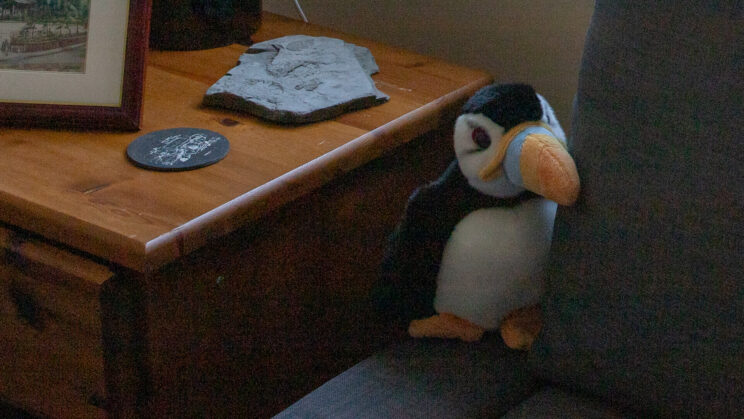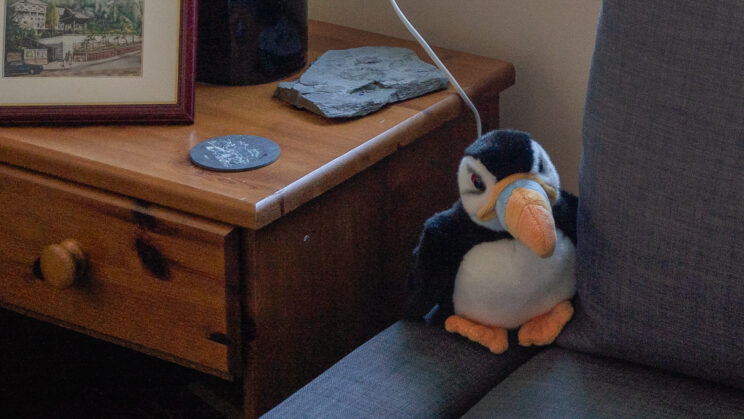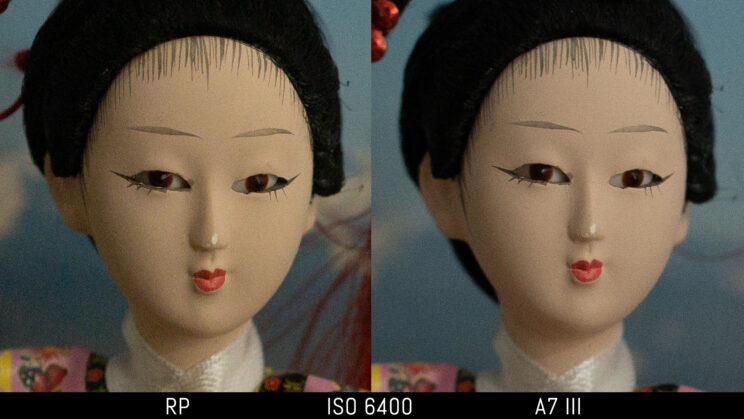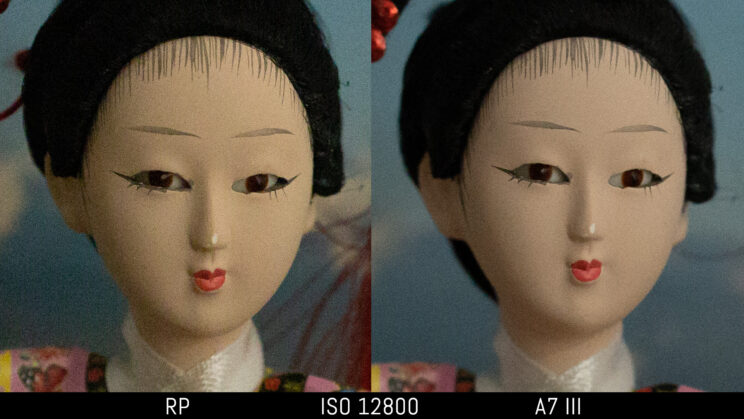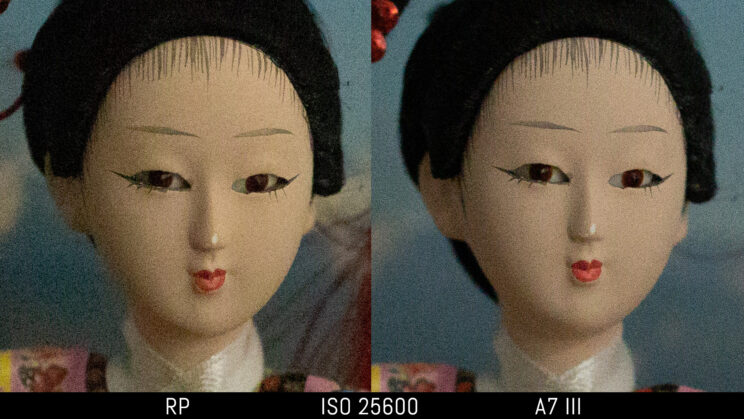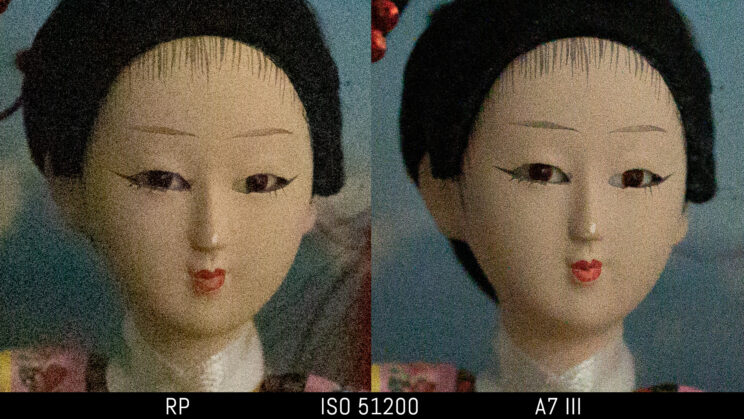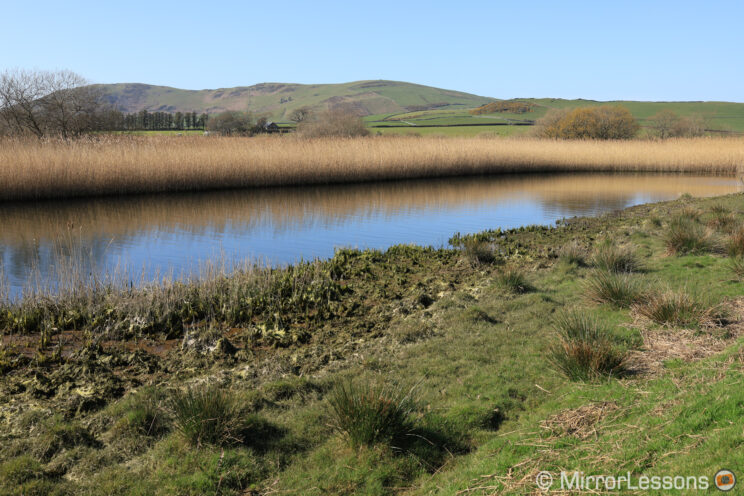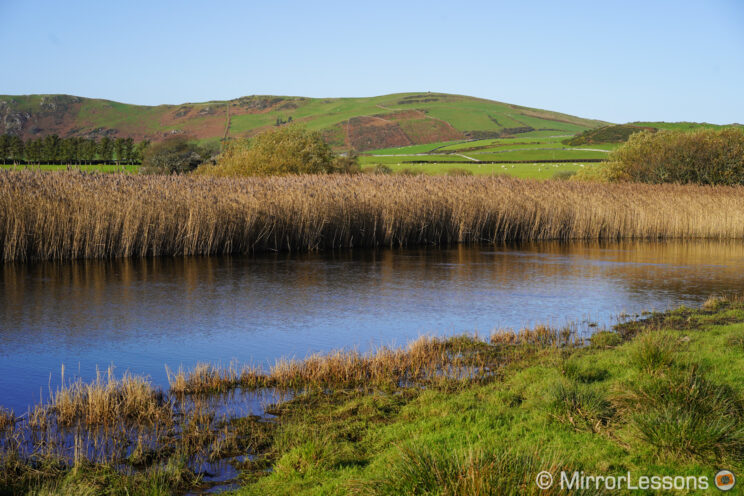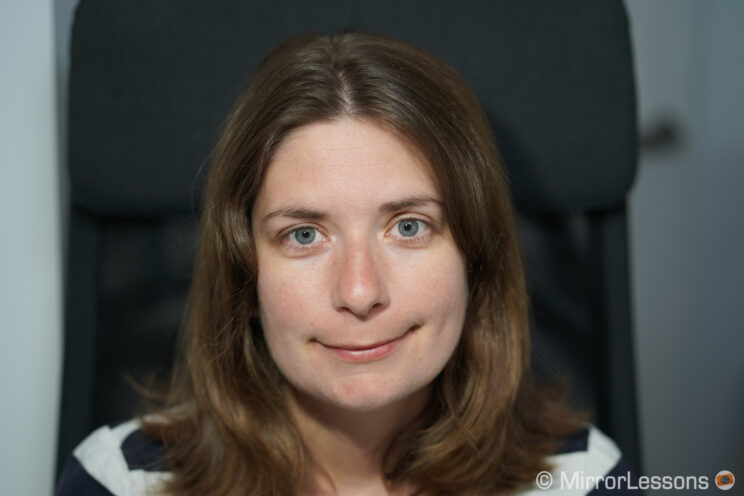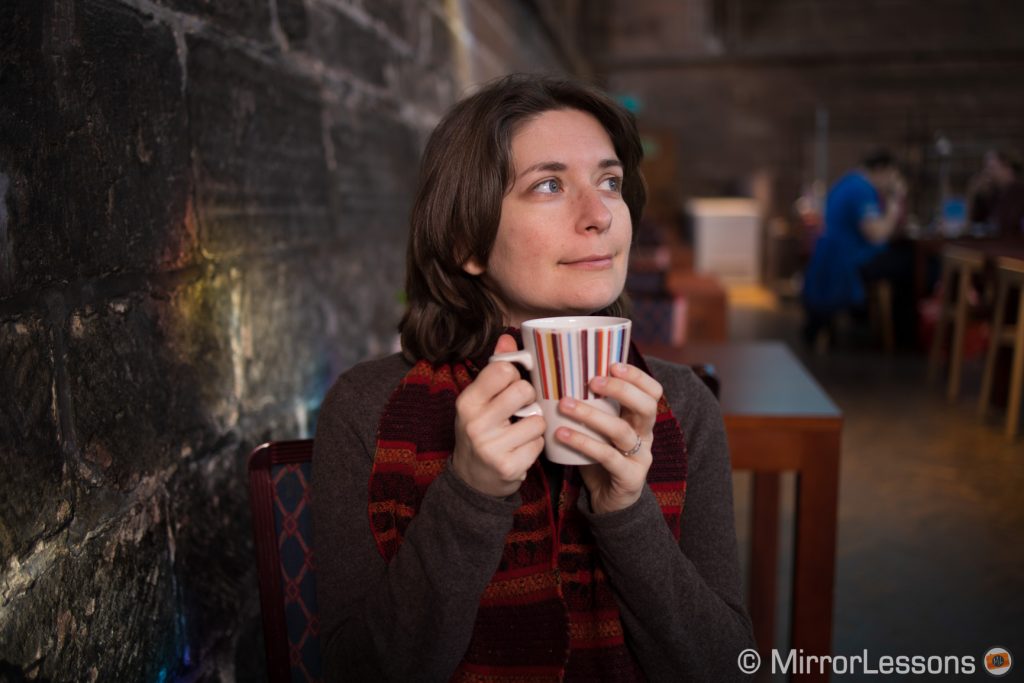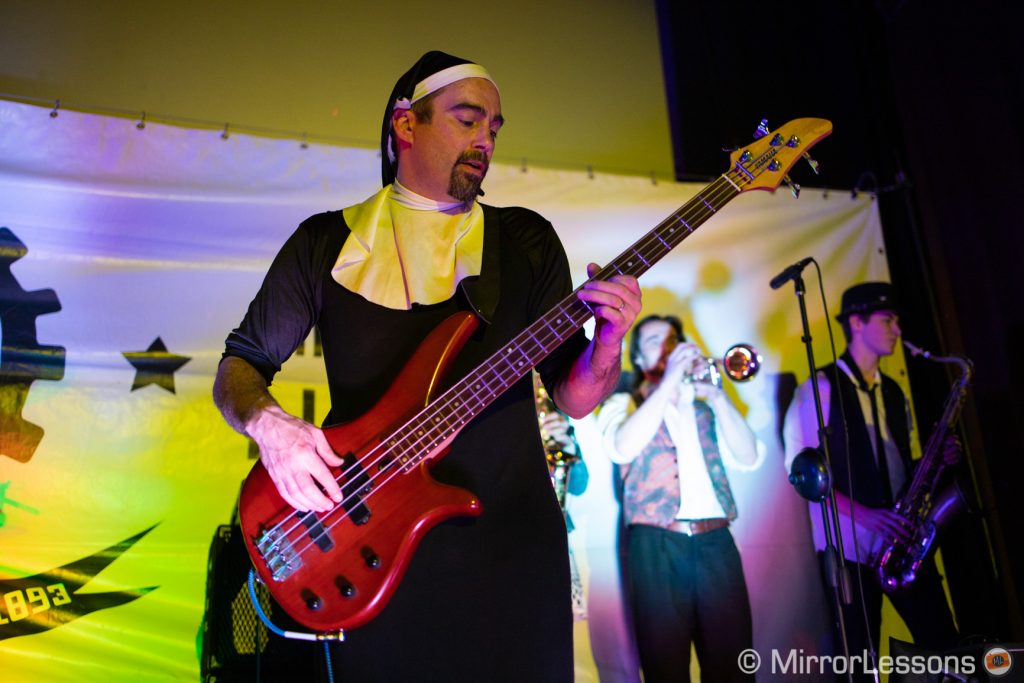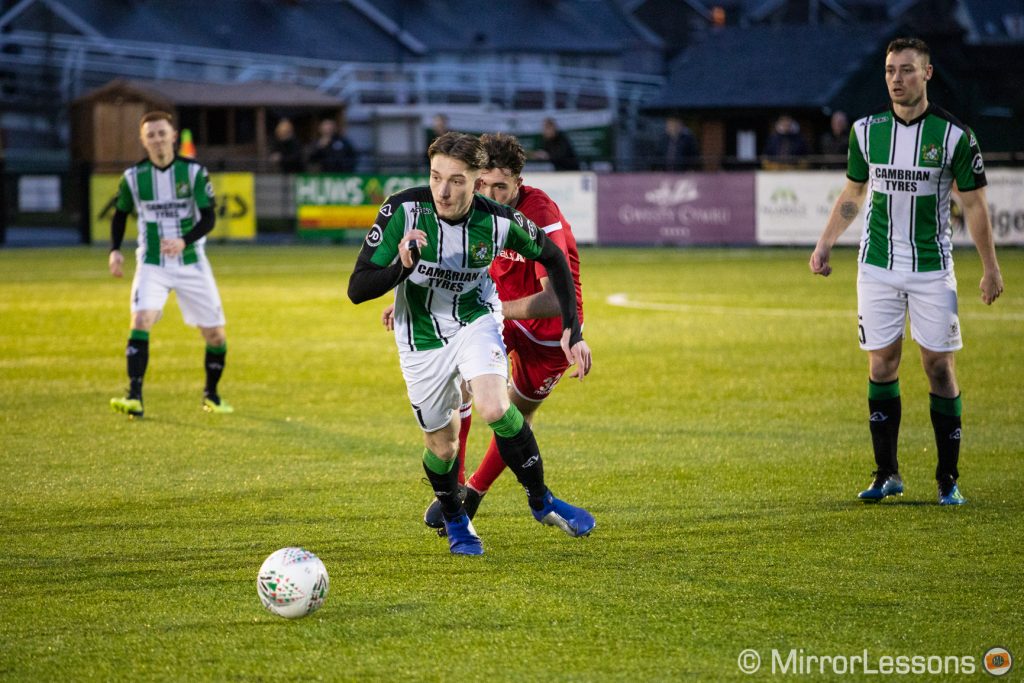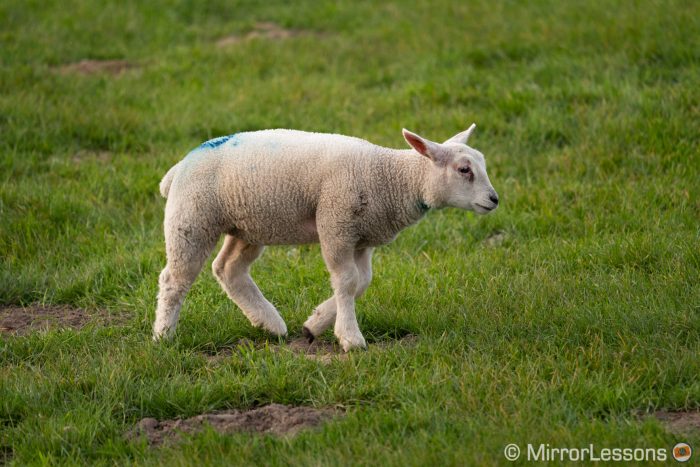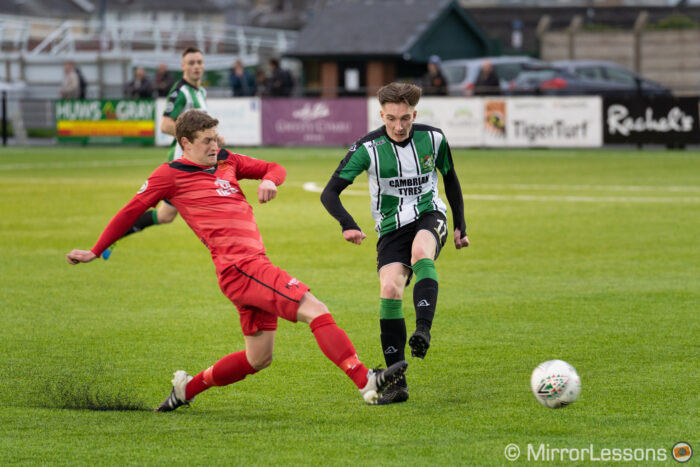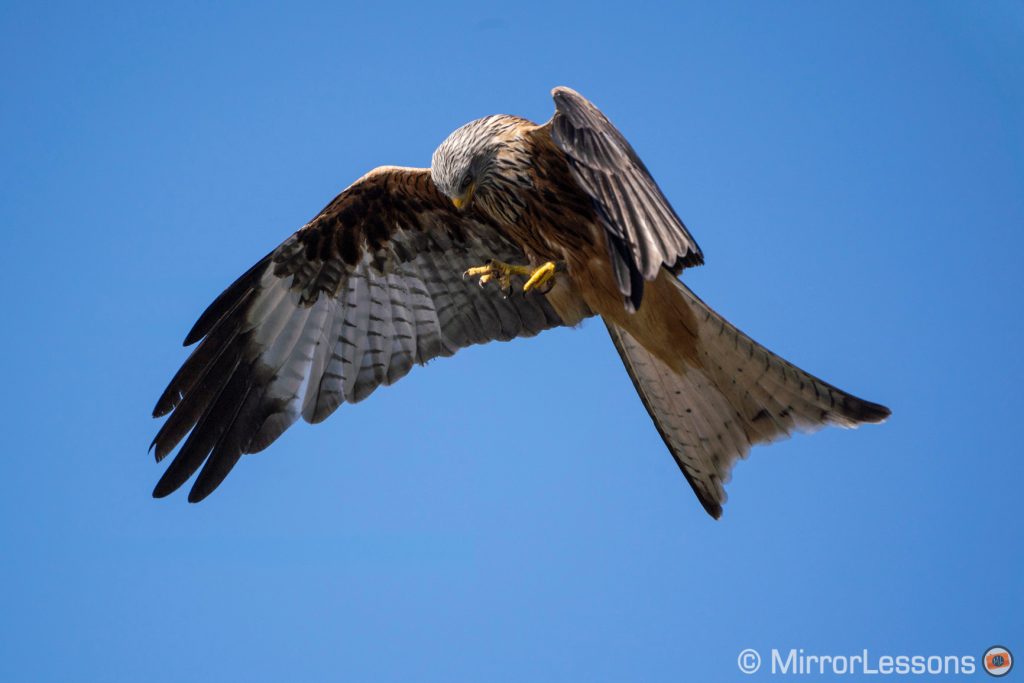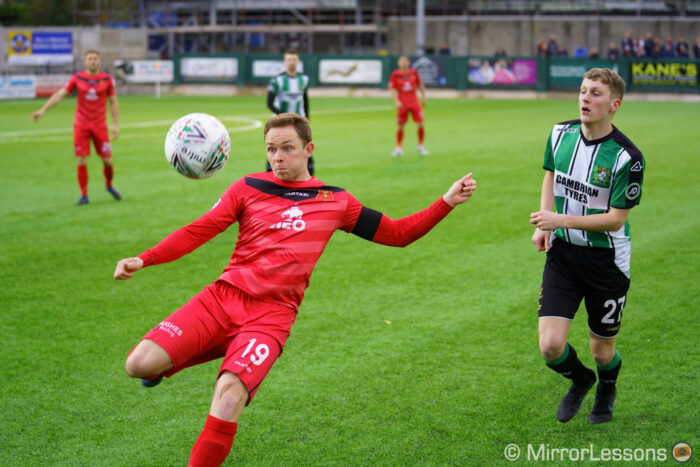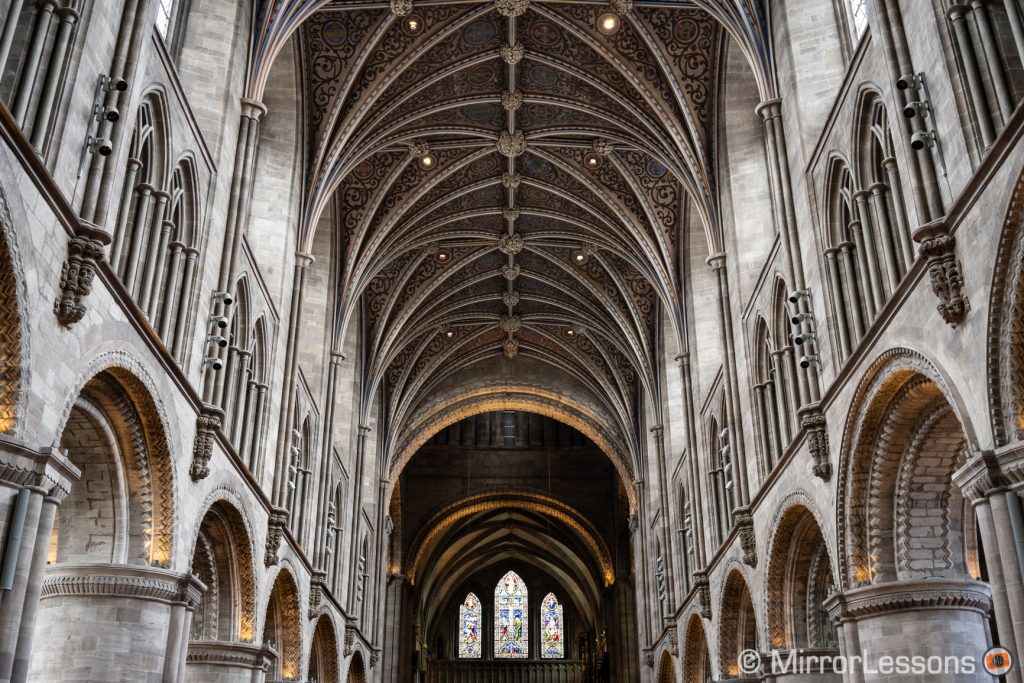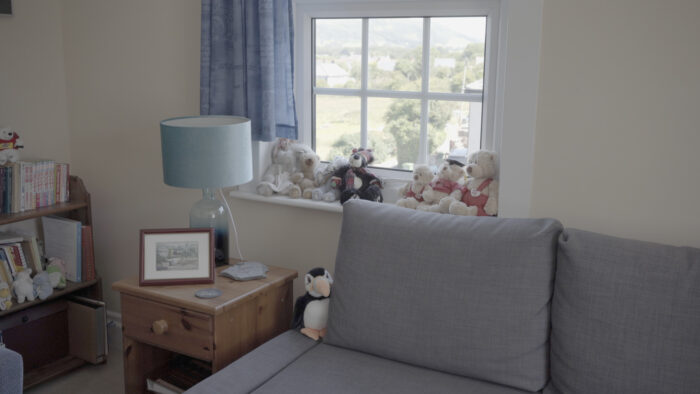With the EOS RP, Canon decided to released a more affordable full frame camera. It was the second mirrorless model after the original EOS R, and aims at beginners and enthusiasts.
One of the most natural competitors is the Sony A7 II, and we already compared the two in another article. But the A7 II is much older, and many people are interested in reading how the affordable Canon model compares to one of the most popular, and successful, full frame cameras in recent years, the A7 III.

Ethics statement: the following is based on our personal experience with the Canon RP and Sony A7 III. While we have not compared them directly side by side, we’ve gathered extensive feedback testing them individually and comparing them to other products. We were not asked to write anything about these products, nor were we provided with any sort of compensation. Within the article, there are affiliate links. If you buy something after clicking the link, we will receive a small commission. To know more about our ethics, you can visit our full disclosure page. Thank you!
1. Design
The Canon body is a bit larger and lighter but not as tall in comparison to the A7 model. Both cameras are weather-sealed and feature a magnesium alloy body.
- EOS RP: 132.5 × 85 × 70mm, 485g
- A7 III: 126.9 x 95.6 x 73.7, 650g
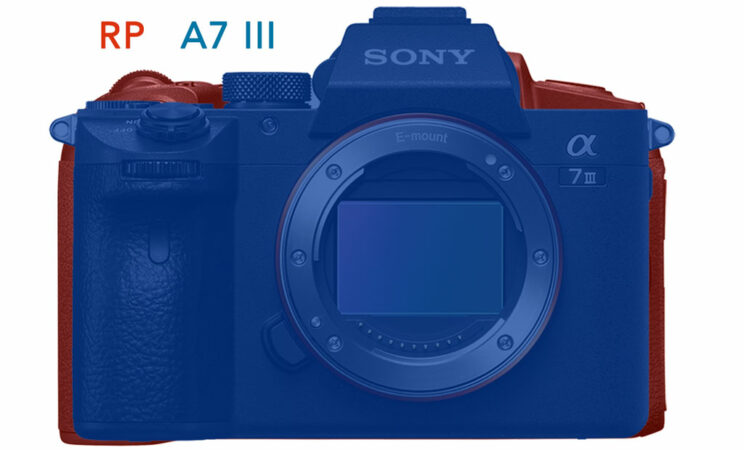
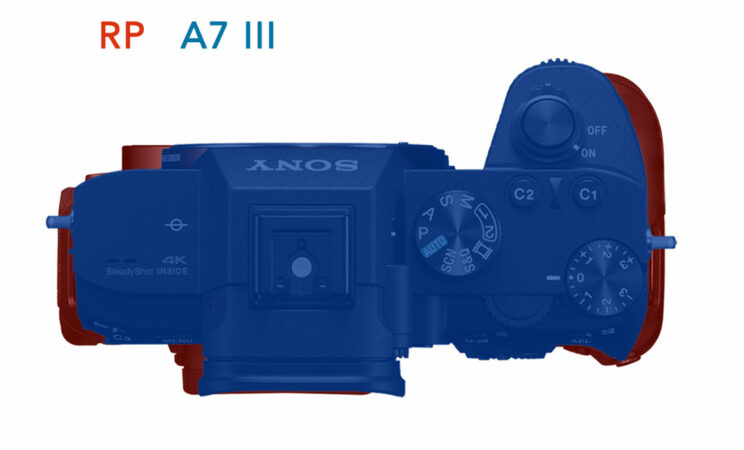
Both cameras have a reasonably sized front grip, but I prefer that of the RP: it is taller, more rounded and more comfortable as a result.
Each camera offers a good array of physical controls. I find the RP more straight-forward to use (especially when it comes to the menu), and that makes the Canon model more beginner friendly. I also like the softness and tactile feedback of the various buttons.

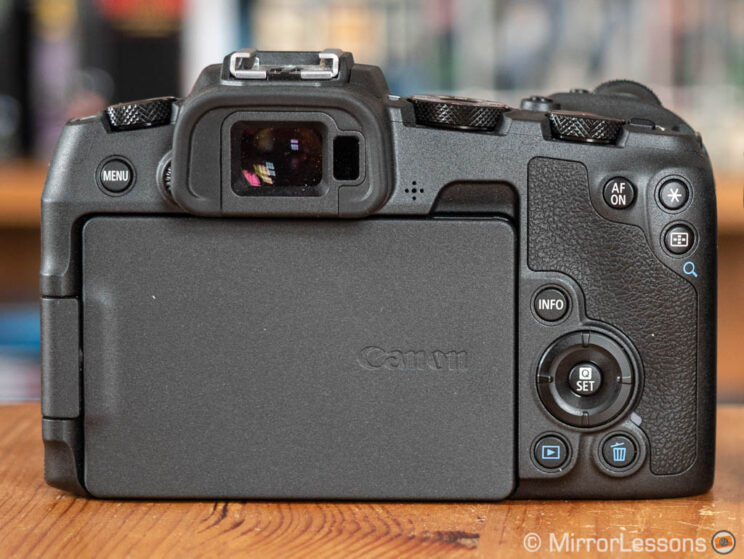
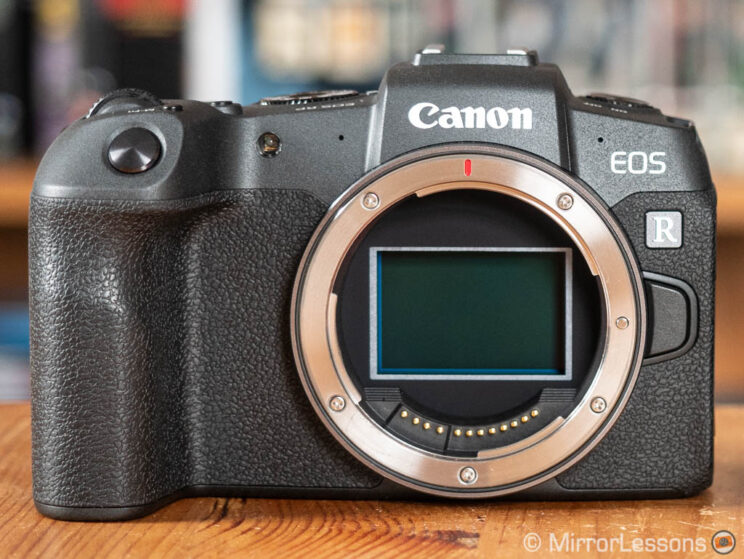
The A7 III offers extra control with the AF joystick on the rear and the exposure compensation dial on top, as well as more customisation options. Once you’ve spent time configuring the Sony, you’ll have greater control over menus and single settings, and a more experienced photographer will likely prefer this approach.
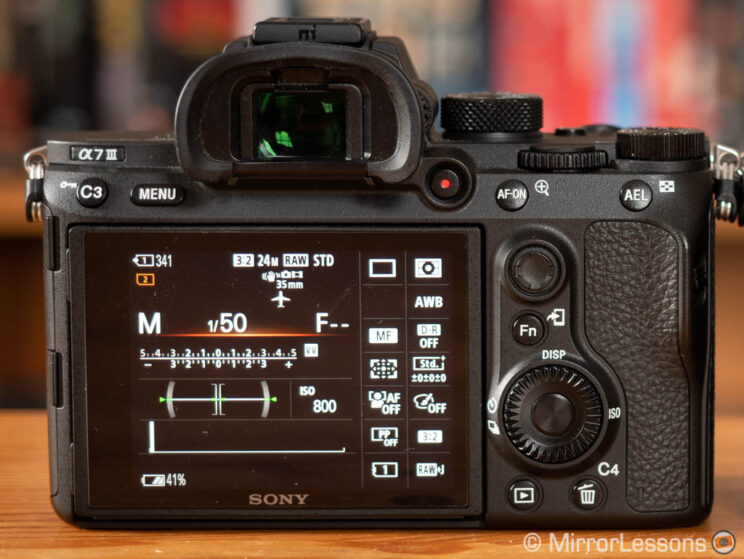
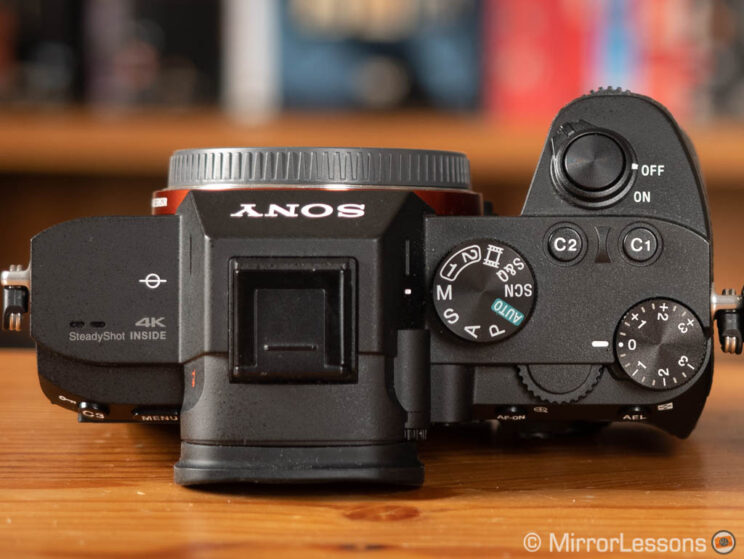
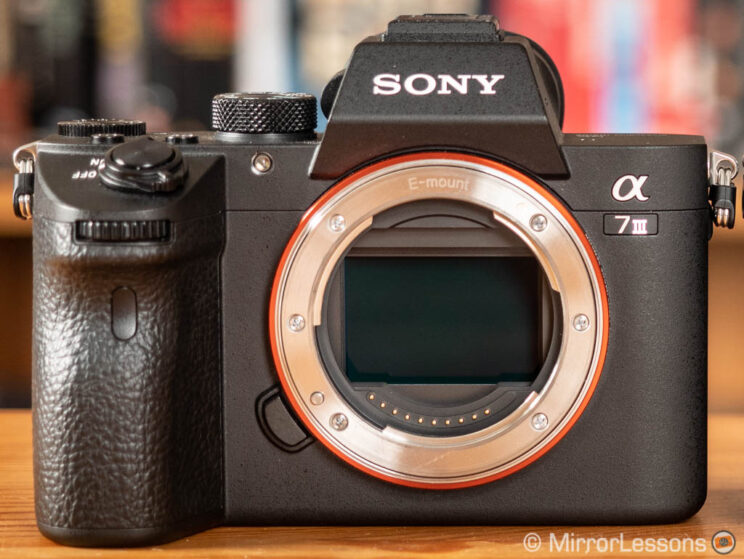
The A7 III has another advantage when it comes to memory cards, because you can use two at the same time, either to back up files to the second card, extend the total capacity or save different types of files on separate cards. It is a shame that only one slot is UHS-II compatible.
The Canon RP has one slot only (UHS-II) and it is found in the battery compartment at the bottom, whereas the A7 has its dedicated space for the cards.
Both cameras include a USB Type C port, a Micro HDMI port, and microphone / headphone sockets (3.5mm). The A7 III has an extra Micro USB 2.0 port.
2. Viewfinder and LCD screen
The Canon model has a smaller viewfinder. It uses a 0.39-in OLED panel with 0.7x magnification, a 60Hz refresh rate and a resolution of 2.36M dots.
The EVF on the A7 III features the same resolution and frame rate, but has a larger OLED panel (0.5-in) and a higher magnification of 0.78x. The eyepoint is slightly longer than the Canon (23mm vs 22mm).

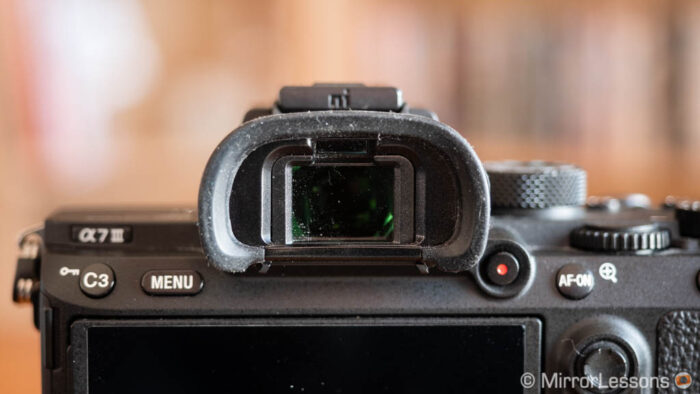
Overall I prefer the viewfinder on the Sony, not only because it is larger, but also because the RP has a very annoying lag, where the live view freezes momentarily after taking a picture.
Concerning the rear monitor, Canon has adopted the multi-angle solution, where you can orient the screen on the left side at various angles, or even flip it 180˚.
The A7 III screen tilts up and down only, for a maximum of approximately 90˚ (up).

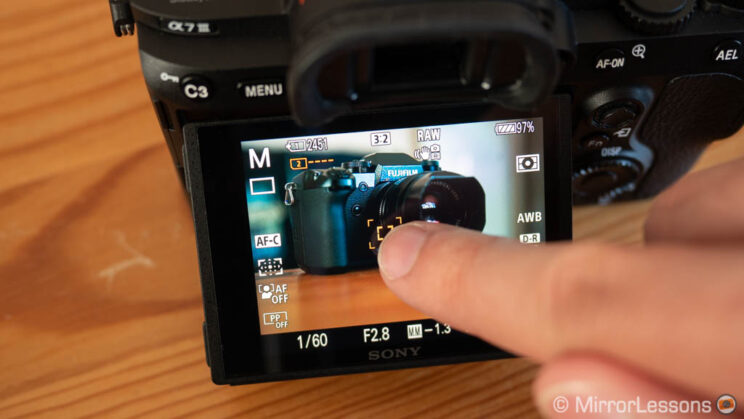
The resolution of the screens is similar (1.04M for the RP, 0.92M for the A7) and they are both touch sensitive. Regarding the latter, there are more actions you can perform on the Canon: take a shot, move the AF point or navigate the menu and Q menu. On the A7, it merely serves the purpose of moving the AF point (you can also double tap to activate focus magnification).
3. Image quality
The Sony A7 III features a 24.2MP sensor whereas the RP has a bit more resolution at 26.2MP. Both sensors feature a low pass filter.
Although I don’t have direct side by side images to show you, I can tell you pretty clearly which camera has the best image quality in different areas.
In our RP vs A7 II comparison, the Canon showed a lot of noise and banding with a 3 stop recovery in the shadows on the RAW file, whereas the A7 II remained usable. Since the mark III model sensor is an improvement over its predecessor, it’s safe to say that the A7 III has better dynamic range than the Canon RP.
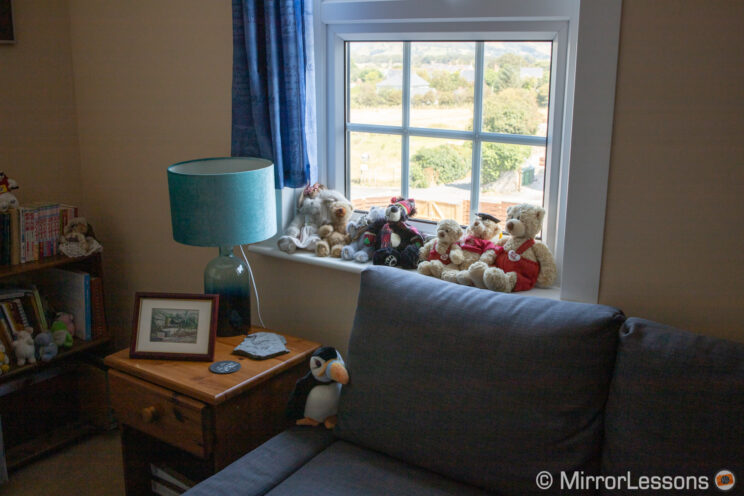
Example with 3 stops recovery and +50 shadows (Lightroom)
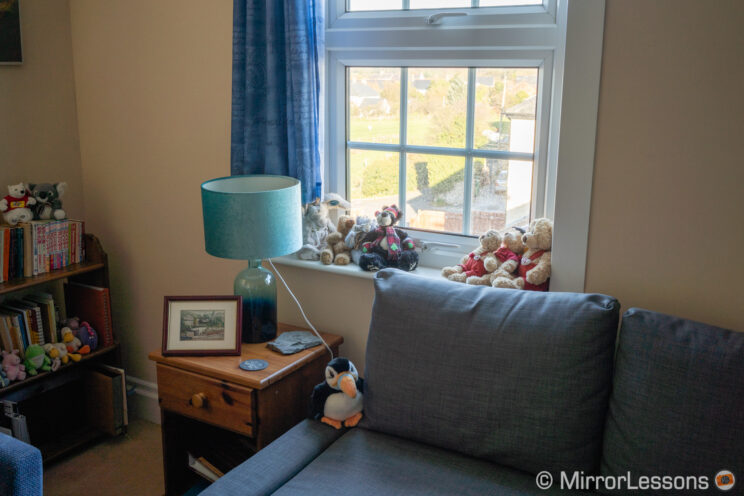
Example with 3.5 stops recovery and +60 shadows (Lightroom)
The Sony has a slightly larger normal sensitivity range and higher extended ISO.
- RP: 100-40,000 (50-102,400)
- A7 III: 100-51,200 (50-204,800)
I find the RP usable up to 12,800 ISO. If you’re really in need, you can push up an extra stop to 25,600 ISO: there is noise, yes, but the image quality remains decent if you really need that extra stop of brightness.
With the A7 III, you can push all the way up to 51,200 and still get acceptable results. Also, the Sony has less noise than the Canon. It is visible from 3,200 ISO and becomes more relevant from 12,800 ISO. Last but not least, I found I can keep the NR on the RAW file in post to a minimum on the A7, whereas I need more on the RP to hide colour noise.
Note: the images below were taken at different times with different lenses, but since the subject and light conditions are the same, it is accurate enough to show you the difference.
What I like about the RP is the natural balance of colours when using the SOOC JPGs, without any tint dominance. The Standard of Landscape profiles are not too punchy or contrasty, although occasionally you’ll want to increase the saturation a little. The Portrait style gives skin tones a smooth result.
The Sony tends to add more saturation by default on Creative Styles such as Standard or Landscape. The Portrait style defends itself well, without too much contrast or subtle tones.
4. Autofocus
The Canon RP has an advanced autofocus system, the renowned Dual Pixel CMOS AF. It uses a maximum of 4,779 points that cover across almost the entire area of the sensor (88% width and 100% height).
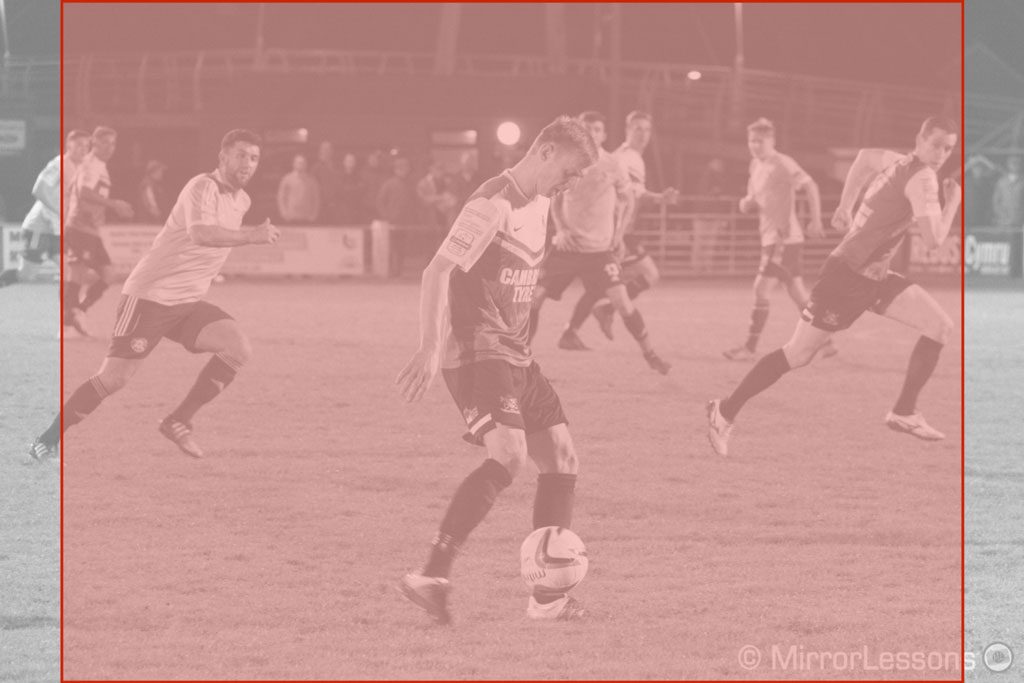
The A7 III also features a modern AF system, with 693 phase detection and 425 contrast detection points. The phase area covers 93% of the sensor.

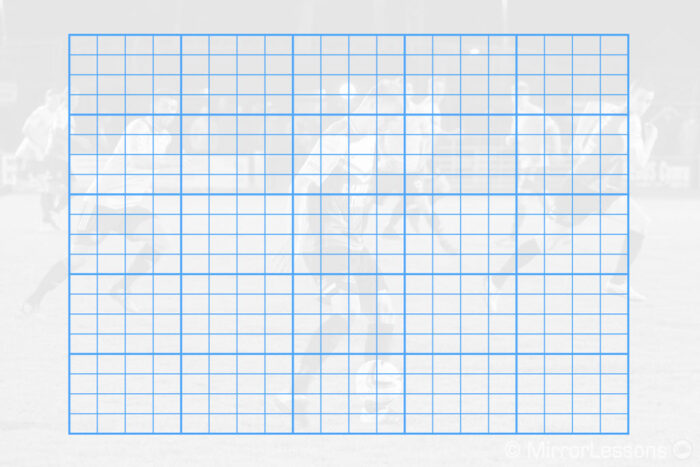
The RP has slightly better low light sensitivity, with a rating of -5Ev with an f1.2 lens (which means -3.5Ev at f/2). The A7 model works at a minimum of -3Ev with a f/2 aperture.
Both cameras feature face and eye detection and they work with continuous AF (Servo AF for the Canon), but in the case of the A7 III, Eye AF only works in photo mode, not video.
Overall, I find the autofocus on the Canon RP to be reactive, fast and accurate. Its only real limitation is the processing speed, which often feels not fast enough to take full advantage of its AF technology.
There isn’t a lot to complain about on the A7 III either. I’ve used it in low light, for portraits, sports and birds in flight, and it has always delivered very good results. Eye AF is one of its best features also because, thanks to firmware 3.0, it works with animals (except birds).
The only downside is that with some older lenses like the 55mm 1.8, the Sony can be bit a bit slower in S-AF, where it seems to often prioritise contrast detection over phase detection.
In video mode, the Eos RP has a big disadvantage if you record 4K video, because the Dual Pixel CMOS AF only works at 1080p. In 4K, it uses the less precise and slower contrast detection.
5. Continuous shooting speed
The Canon can shoot up to 5fps in continuous mode but, if you want focus priority, the maximum frame rate is slightly lower at 4fps.
The A7 III does much better in this case, with a maximum of 10fps, and with continuous AF and focus priority.
Concerning the buffer memory, the A7 III can shoot RAW images at 10fps for about 9 seconds (90 frames). With JPGs, it goes for about 17 seconds (170 frames) before slowing down. Note that this test was made using a UHS-II SD card.
At 5fps, the RP never slows down whether you shoot RAW or JPGs, as long as you use a UHS-II card.
6. Image stabilisation
The A7 mark III features 5-axis in-body image stabilisation with a rating of 5 stops of compensation (CIPA).
It can work on its own or with OSS lenses, where 3 axes are used on the sensor (roll, x, y) and the remaining two on the lens (pitch and yaw). If you mount a lens that lacks electronic contacts, 3 axes are used on the sensor instead of five.
A sharp image taken hand-held at around 1 second is not impossible with the A7 III, if you use a short to moderate focal length, but the keeper rate is low (10 to 20%). To be safe, you need to stay above 1/4s.
The Canon doesn’t have in-body stabilisation, so you need to rely on lenses with optical stabilisation. For example with the RF 24-105mm f4, I managed to push down to half a second, but the keeper rate increases with faster speeds than 1/4s.
For video, the RP has an electronic stabilisation option (Digital IS standard or enhanced) that can also work in combination with optical stabilisation on the lens. The results are good but the field of view is cropped when using this feature, and that doesn’t help with 4K recording (see below).
7. Video
The Canon Eos RP can record 4K video at 24 or 25fps, with a maximum bitrate of 120Mbps.
What is very annoying, in addition to the lack of phase detection AF, is that the camera applies a heavy 1.8x crop on the sensor, resulting in your field of view changing dramatically. For example, a 24mm lens becomes approximately a 43mm equivalent. If you want to record 4K and have a wide view of the scene, you need to find a very short focal length (for example 14mm to have a 25mm equivalent).
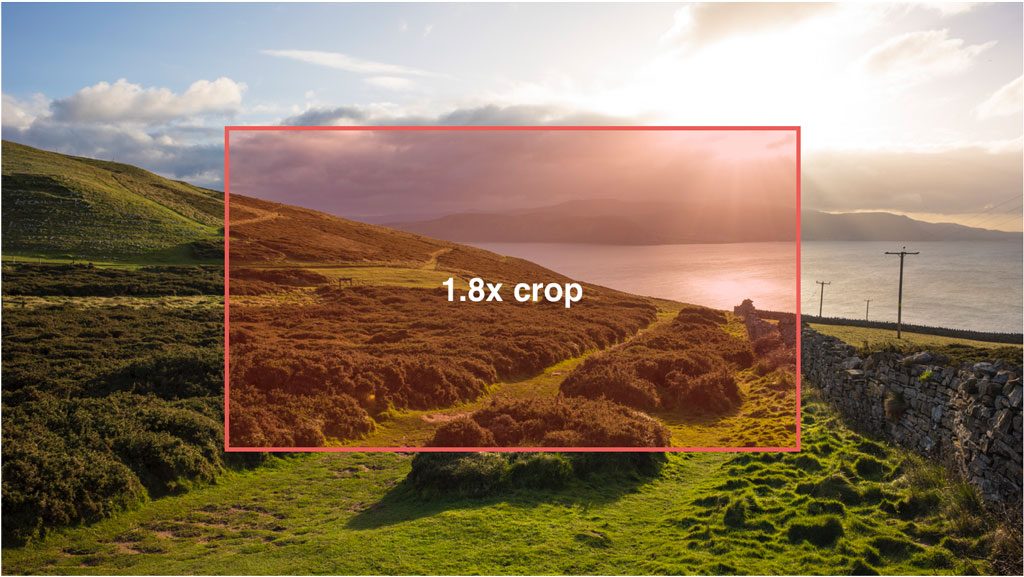
The A7 III can record 4K video up to 30p. At 30 frames per second, a more reasonable 1.2x crop to the sensor is applied, whereas full width is maintained at 24p and 25p. The maximum bitrate is 100Mbps with the XAVC S codec.
Both cameras record internally in 8-bit 4:2:0 and output 8-bit 4:2:2 via the HDMI port.
In Full HD, the maximum frame rate available on the Canon is 60p with a bitrate of 60Mbps. The Sony can record up to 120fps and 100Mbps. At 120p, you have the option to record in normal mode (with sound) or use the Q&S mode and have the slow motion result in camera.
The A7 III has additional settings that will satisfy expert users and video-makers thanks to the Picture Profiles: S-Log2 and S-Log3 gamma curves, HLG and other advanced settings to fine-tune colours and other aspects of the image.
Both cameras can record for a maximum of 30 minutes per clip.
For video, the ISO range on the RP is different if you record 4K (100-12800) than if you record Full HD (100-25600). The ISO range for the A7 III remains the same as for stills, except for the low ISO 50 value.
Overall, I find the Sony 4K footage to be a bit sharper, and the A7 III also does better at high ISOs.
In 1080p however, I prefer the result on the RP because there is less aliasing than on the Sony.
The Canon suffers more from distortion when panning quickly (rolling shutter).
8. Battery life
The RP uses the older LP-E17 battery type and has a mediocre rating of 250 shots per charge.
The A7 III uses the most recent Sony battery (NP-FZ100) and has an excellent rating of 610 shots (when using the EVF) or 710 frames (when using the LCD).
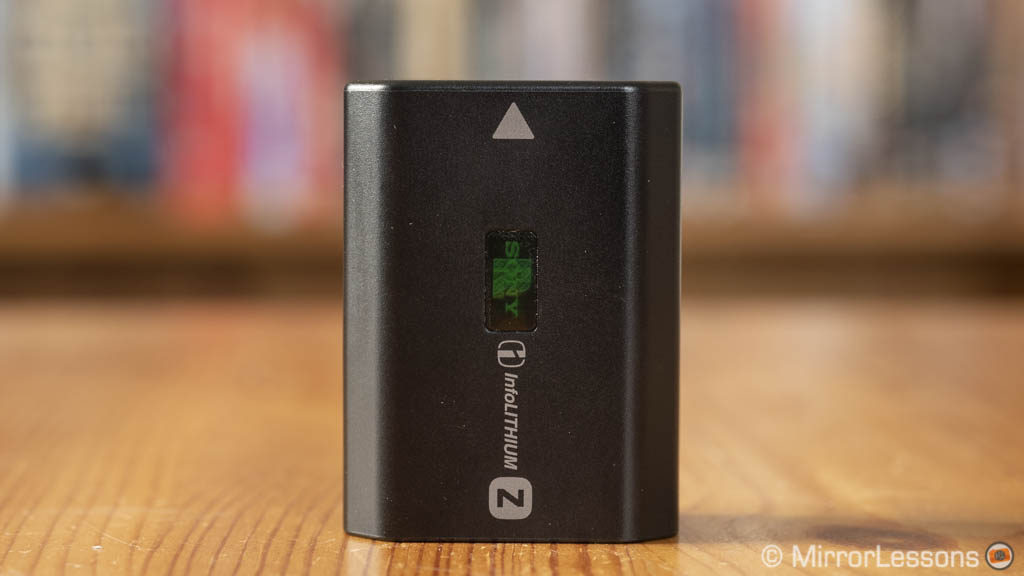
The Sony battery is one of the best you can find in the mirrorless camera segment, and the camera lasts for a very reasonable time when recording video, or taking sequences at 10fps. One battery can last for an entire day if you are just taking photos.
With the RP, the battery drains much more quickly so you’ll need one or two spares at least.
Sony made an official battery grip for the A7 III (VG-C3EM) if you need more power, but there isn’t one for the RP.
Both cameras can be charged via USB but keep in mind that not every power bank is compatible with the Canon model.
Finally, Sony doesn’t include a battery charger for the A7 III.
9. Lenses
The RF-mount started in 2018, and in three years Canon has released a lot of lenses, although a good part of these aim at professional photographers and are expensive.
The RP targets enthusiasts and amateurs, and the selection of affordable lenses is a bit more limited, although not terrible: you can find a couple of zooms, F1.8 and F2 primes, as well as super telephotos such as the 600mm F11.
What I like about the Canon RF lenses is the control ring that can be customised with various settings.
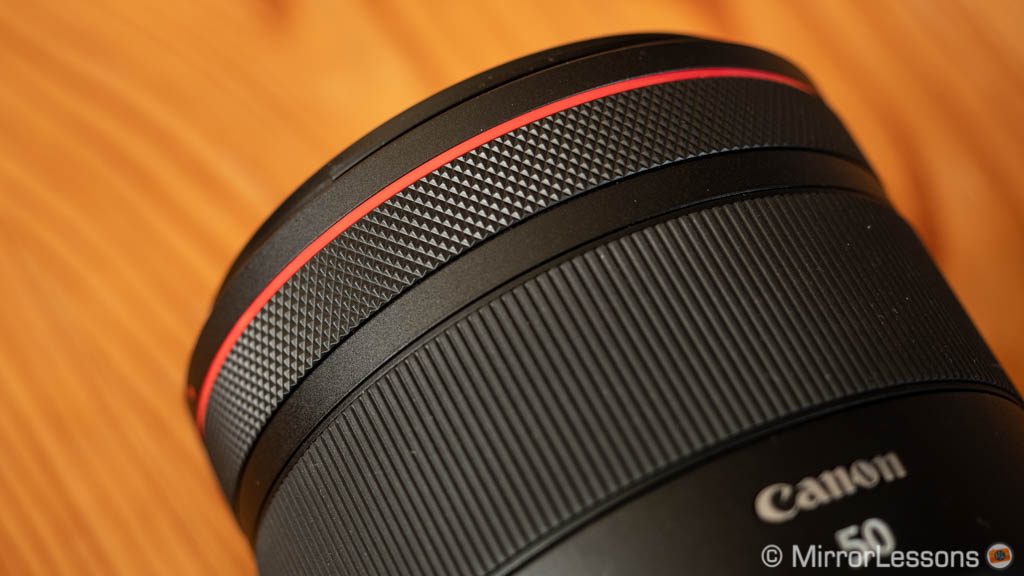
There are options from third party manufacturers, although for now they are mostly manual focus lenses.
Of course if we include the EF to EOS R adapter and the vast selection of DSLR lenses, the choice increases, but bear in mind that the RP is a nice and compact body, so it will suit small and medium sized lenses better. Also, remember that you can adapt EF lenses to the Sony camera as well, so the advantage isn’t as big as it might seem.
The Sony mirrorless system started in 2010 with APS-C, and expanded to full frame in 2013, and that allowed it to grow its offering of native E-mount lenses. The success of the A7 series has encouraged many third party brands such as Sigma and Tamron to join the system, thereby increasing the variety of lenses available to Sony users. Today, there is very little missing, and for every focal length, there are various options for every need and budget.
10. Price
Price is the biggest difference between these two cameras.
The EOS RP can be found for $1000, £1050 or €1050.
The A7 III is much more expensive at $1700, £1700 or €1950.
Prices are as of early September 2021, and for the body only.
Conclusion
The Canon Eos RP’s main strength today is the attractive price and the fact that it is part of a system that is growing rapidly, with more affordable lenses on the way. It’s easy to use, offers satisfying performance and can be a good camera for video as long as you’re happy with 1080 resolution.
The A7 III has better image quality, and much less frustrating 4K video capabilities. If you like to post process RAW files or colour grande video footage, the Sony has more to offer. It also has 5-axis stabilisation, faster continuous shooting speeds, better battery life and is part of an eco-system of lenses that is rapidly becoming the largest among interchangeable-lens cameras.
Depending on your needs, the RP can be more than enough, and spending less on the body also means that you can save up for better lenses, or just save money in general. But there is no doubt the A7 III model is the one that will satisfy demanding users more.
And if you think that a comparison with the Sony A7 II would be more fair, check out our article here!
Check the price of the Canon Eos RP on
Amazon | Amazon UK | B&H Photo | eBay
Check price of the Sony A7 III on
Amazon | Amazon UK | B&H Photo | eBay

